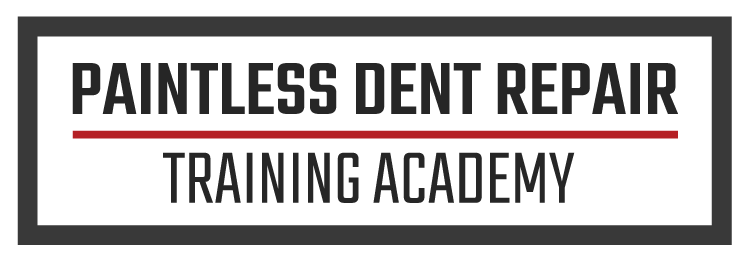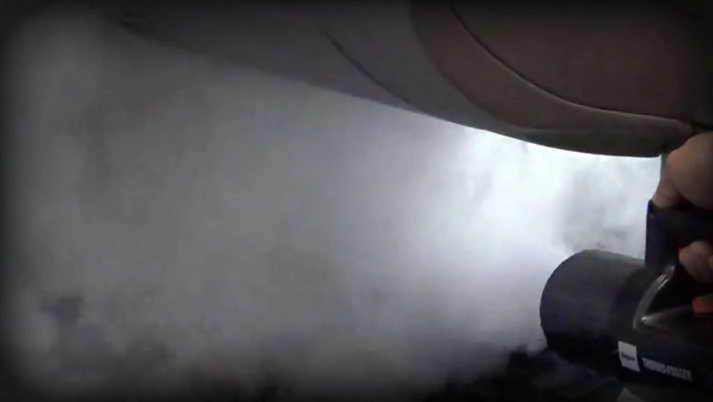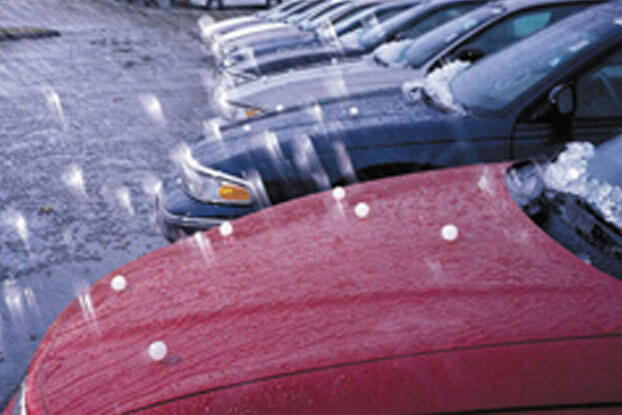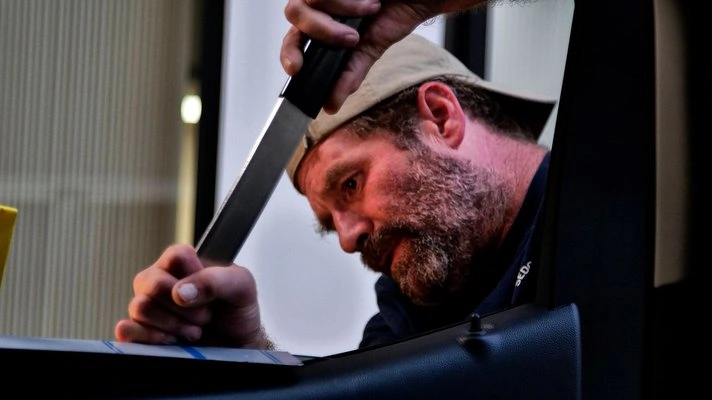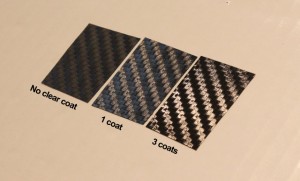When washing or waxing your clearcoat, under no circumstances are you to use any products that are abrasive. Not ever. You must be absolutely sure of this. I cannot emphasize this enough. Any abrasives used with scuff and scar its surface.
The only change to this order is that when your vehicle is taken to a body repair shop, they will use a wet sand process with very fine 1,500 to 2,000 grit rating. Wet sanding enhances the clearcoat finish by removing sags, dust, and other flaws. Once the flaws are removed, the new clearcoat finish is allowed to dry anywhere from 72 hours to 30 days to cure, then, when cured and dry, it is cleaned with a non-abrasive cleaner and then polished. Following that will be the waxing process.
If you are the detailer of this vehicle, and you have had plenty of experience in sanding clearcoat, then you can use a wet sand on the clearcoat to scuffs and scars when literally every option to remove these has been tried. In other words, this is your last ditch effort to fix these blemishes with the purpose of returning the clearcoat to its original new condition.
You need to be absolutely sure that you really have done this on several vehicles. If you have only done this on one car and that was really just watching it being done, you could cause more damage than good and get yourself in a whole lot of trouble with the car owner. Never be so big for your britches that you agree to do something that you know full well you are not skilled enough to do. Not only do you look ridiculous, but your customer can sue you and you could lose everything. I’ve seen it happen and the end result is devastating.
